July 12, 2021 | Agency
The Division of Materials and Waste Management regulates the generation, transportation, storage, collection and recovery of scrap tires.
A scrap tire is defined as any unwanted or discarded tire, regardless of size, that has been removed from its original use. For more information about Ohios scrap tire program, please see the menu below.
Instructions to Apply Online Application Tool for No Fault Scrap Tire Cleanup at your property
Need Scrap Tires Removed? You may qualify for no-cost cleanup! You can APPLY ONLINE right now or download and fill out a Tire Removal Request form, which can be found under Forms below.
We are still accepting applications while working remotely and these should be emailed to Matthew Conrad or you can reach him at (740) 899-6227
REPORT OPEN DUMPING
of scrap tires to Ohio EPA's toll-free scrap tire hotline 877-372-2621
| Scrap Tire Remediation (SFY 2020 Total) | |||
| # of Projects | PTEs Removed | Cost | |
| No Fault | 159 | 161,456 | $615,747. |
| Enforcement | 1 | 2801 | $5897.55 |
| Total | 160 | 164,257 | $616,337.49 |
We are still accepting applications while working remotely and these should be emailed to Matthew Conrad
Permit-to-Install Application Form - Attachment A4 (GD# 705)
Permit-to-Install Application Form - Attachment B4 (GD# 706)
(We are still accepting applications while working remotely and these should be emailed to Kevin Shoemaker.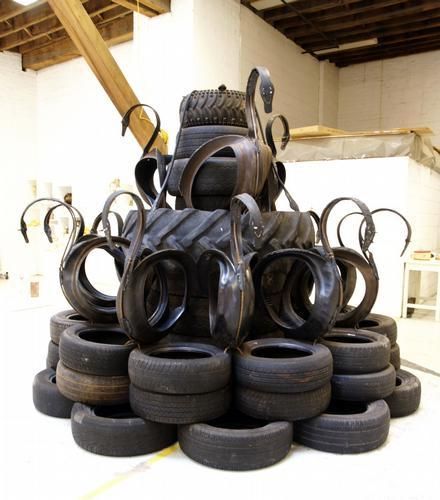 )
)
Scrap Tire Transporter Annual Registration Application Form and Instructions (GD# 683)
Scrap Tire Facility Registration Certificate Application Form and Instructions (GD# 682)
Scrap Tire Shipping/Receiving Form - 2 part (GD# 678)
Scrap Tire Shipping/Receiving Form - 3 part (GD# 677)
Solid Waste Facility License Application
(We are still accepting applications while working remotely and these should be emailed to Matthew Conrad)
| Scrap Tire Transporters - Registered |
| Licensed Construction and Demolition Debris and Solid Waste Facilities (PDF) Licensed C&DD and SW Facilities (XLSX) (List includes: Construction and demolition debris landfills, industrial and residual waste landfills, municipal solid waste landfills, class II composting facilities, scrap tire collection and recovery facilities, and municipal solid waste transfer facilities). 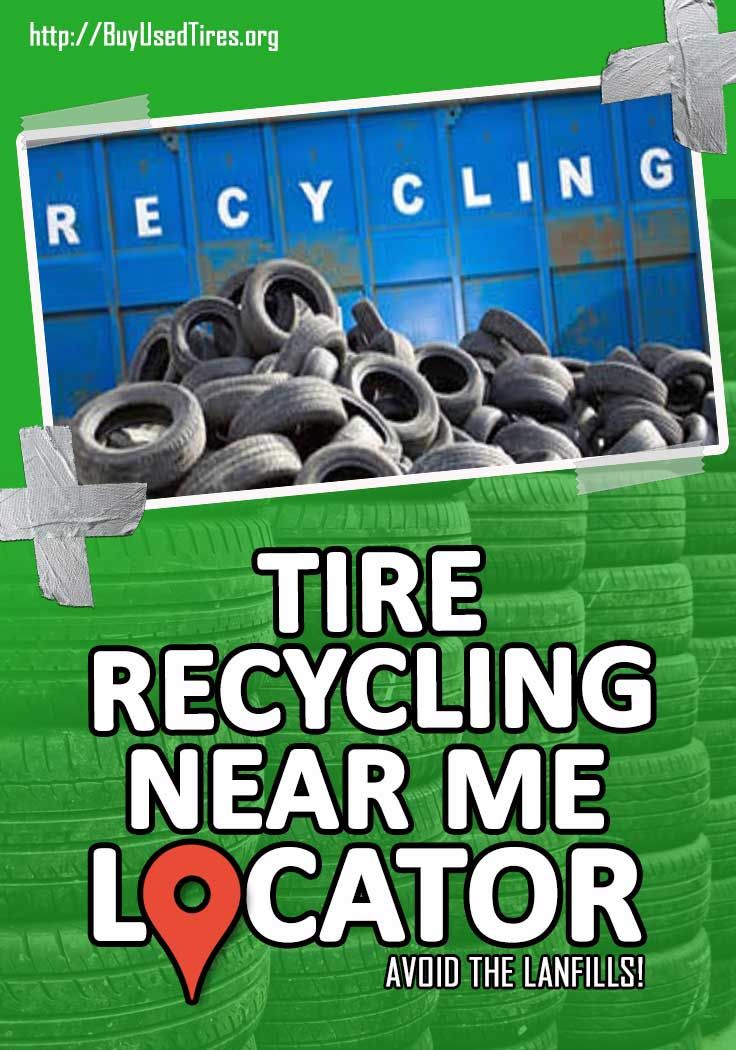 |
Instructions to Apply Online Application Tool for No Fault Scrap Tire Cleanup at your property
Need Scrap Tires Removed? You may qualify for no-cost cleanup! You can APPLY ONLINE right now or download and fill out a Tire Removal Request form, which can be found under Forms below.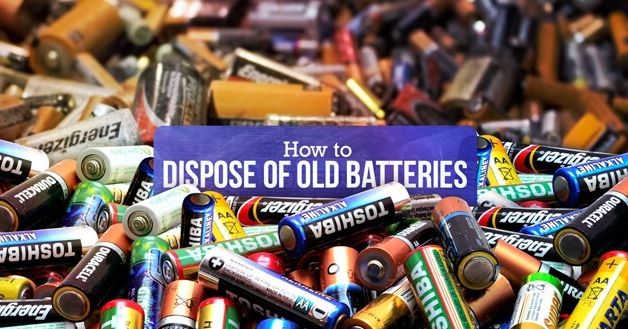
Guidance on No Fault Scrap Tire
Any person or business transporting more than 10 scrap tires in Ohio, regardless of origin or destination of the load, must first register with Ohio EPA. Registration certificates may only be used by the employees of the business listed on the registration.
Loaning registration certificates to persons not employed by the business listed on the registration is not permissible. Registered transporters must comply with regulations governing the transportation, tracking, storage and management of scrap tires.
The collection of scrap tires from the public, prior to transportation to an approved storage, recovery or disposal facility, may occur at a scrap tire collection facility registered and licensed by Ohio EPA. The maximum storage area of scrap tires at a collection facility is 5,000 cubic feet (185 cubic yards) and all scrap tires must be stored in portable containers.
The maximum storage area of scrap tires at a collection facility is 5,000 cubic feet (185 cubic yards) and all scrap tires must be stored in portable containers.
The storage of scrap tires in a manner that does not meet the criteria for a collection facility is defined as a scrap tire storage facility. Scrap tires may be stored outside of portable containers at one of the following facility types: a registered and licensed Class II facility that does not store more than 10,000 square feet or a permitted and licensed Class I facility that does not store more than three acres of scrap tires.
Disposal of scrap tires in Ohio can occur only at permitted and licensed scrap tire monofills (OAC 3745-27-70) or scrap tire monocells (OAC 3745-27-69). The permit application must be submitted to the appropriate Ohio EPA district office. The license application must be submitted to the approved local health department. Fees for the permit and license are based on the permitted authorized maximum daily waste receipts.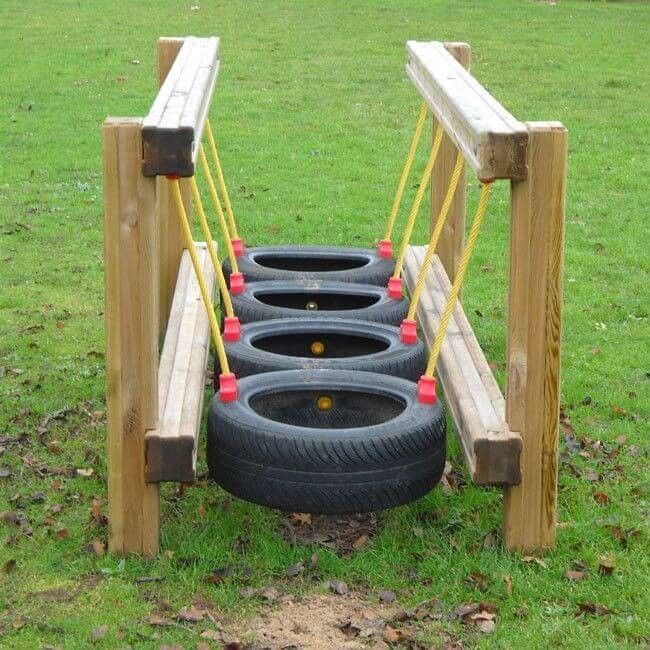 Financial assurance is based on estimated closure costs for the facility.
Financial assurance is based on estimated closure costs for the facility.
Scrap tire collection, storage and disposal facilities must comply with operational requirements contained in Ohio’s scrap tire regulations
Conversion of scrap tires into other raw materials or products is always preferable to disposal. Scrap tire recovery facilities process scrap tires for the purpose of extracting or producing usable products, materials or energy from the scrap tires. Processing includes but is not limited to: a controlled combustion process, mechanical process, thermal process or chemical process that uses whole, split, or shredded scrap tires as a raw material.
There are two classes of stationary scrap tire recovery facilities, as well as mobile recovery facilities:
A "class I scrap tire recovery facility" means a scrap tire recovery facility with a permitted daily design input capacity of 200 tons of scrap tires per day or greater.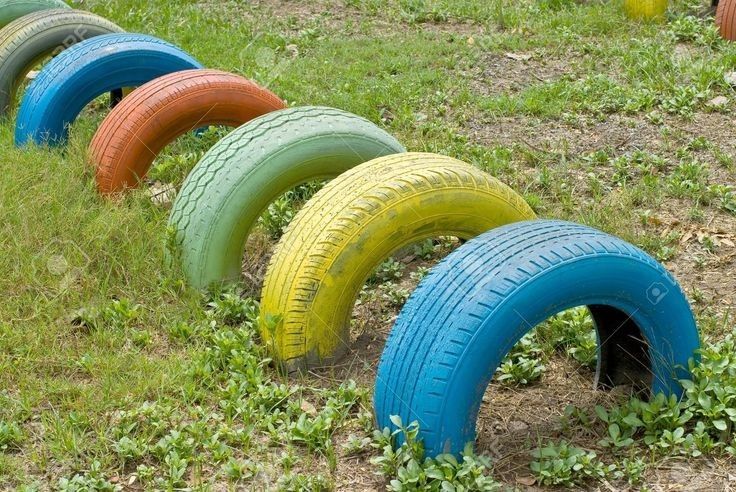
A "class II scrap tire recovery facility" means a scrap tire recovery facility with a registered daily design input capacity of less than 200 tons of scrap tires per day.
A "mobile scrap tire recovery facility" is owned or operated by a person not otherwise licensed as a class I or class II scrap tire recovery facility in Ohio. In addition, it means any unit for processing tires which is designed by the manufacturer for the regular movement from one operating site to another. These mobile facilities also include any tire cutting, baling or shredding equipment that is moved from site to site for the purpose of processing scrap tires into a usable product at the site or before the scrap tires are removed from the site.
Scrap tires and scrap tire products have economical and/or engineering properties that make them a valuable alternative to natural materials and ideal for use in certain technologies and applications.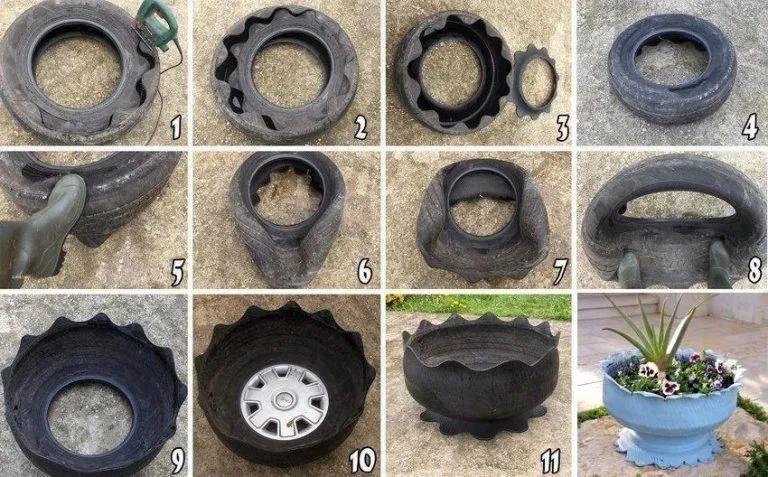
Any person beneficially using whole, cut or shredded scrap tires must first obtain approval from Ohio EPA. For those beneficial uses preapproved in rule, a notification must be sent to Ohio EPA and the approved health district. For a beneficial use project not preapproved in rule, a project plan must be submitted to and approved by Ohio EPA prior to the acceptance of scrap tires. Prior approval is not required for projects involving fewer than 100 tires.
The beneficial use of whole, cut or shredded scrap tires must be in accordance with OAC 3745-27-78. Prior approval of a project plan by Ohio EPA is required unless the beneficial use is for 100 tires or less or is approved by rule in OAC 3745-27-78.
During the 1993 creation of Ohio's scrap tire laws, the Ohio General Assembly included a provision in the statute that allows state-funded cleanups without subsequent cost recovery of small tire piles (100 to 2,000 tires) provided that six specific conditions are applicable (ORC 3734.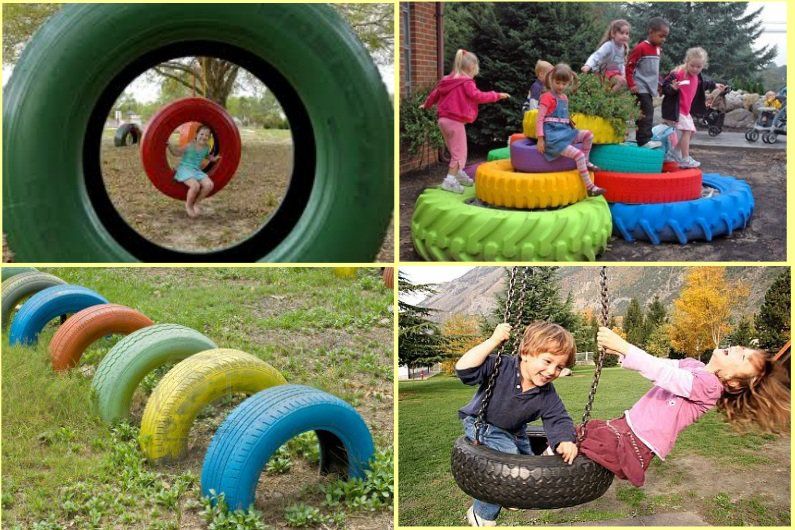 85(E)).
85(E)).
As of September 30, 2021, the maximum quantity of eligible tires under this statute increased from 5,000 to 10,000 tires per site.
The state-funded scrap tire cleanup is available to both private and public sector applicants; however, not all scrap tire sites qualify under this program. Specific conditions spelled out by statute limit eligible sites to parcels with tires that were acquired through estates by bequeath or devise and to parcels where the current property owner is a victim of scrap tire open dumping and no responsible party has been identified. In either case, the applicant must state that no financial benefit was received from the tires being placed on the parcel. Tires collected during tire amnesty collection events are not eligible for pick-up and disposal under this program.
This scrap tire remediation program has also been used to financially assist many county and local governmental entities by using state contractors to remove and dispose of discarded scrap tires from temporary collection points for open dumped tires which have been picked up by road crews and/or volunteers from public roadways and alley rights-of-way and during river sweeps. At some locations, costs have been reduced by land owners’ efforts to collect and stack tires for pick-up and by the use of “community service” and inmate labor to assist loading scrap tires into trailers or roll-off containers.
At some locations, costs have been reduced by land owners’ efforts to collect and stack tires for pick-up and by the use of “community service” and inmate labor to assist loading scrap tires into trailers or roll-off containers.
The number of tires on any parcel must not be less than 100 tires or more than 10,000 tires. The scrap tires may be any size and may be either un-mounted or on rims. Solid wastes may also be removed from those parcels where the scrap tires are comingled with other solid wastes and thereby necessitate the removal of other wastes in order to access the scrap tires.
Do scrap tire transporters need to have financial assurance?
Customer Support Center - Enables users to search frequently asked questions, or submit their own question/comment on a variety of Ohio EPA issues and topics.
| Phone: (614) 644-2830 Fax: (614) 728-5315 | Email Webmaster |
| Physical address: | Mailing address: |
| Compliance Assurance Section | ||
| McCoy, Bruce | Manager | (614) 728-5345 |
| Jeter, Kelly | Supervisor | (614) 728-5337 |
| Cohen, Channon | Environmental Specialist 3, Outreach and Compliance Assistance | (614) 728-5353 |
| Conrad, Matt | Environmental Specialist 2, Scrap Tire Remediation | (614) 644-2621 |
Yes! In fact you might say that Rumpke has mastered tire recycling.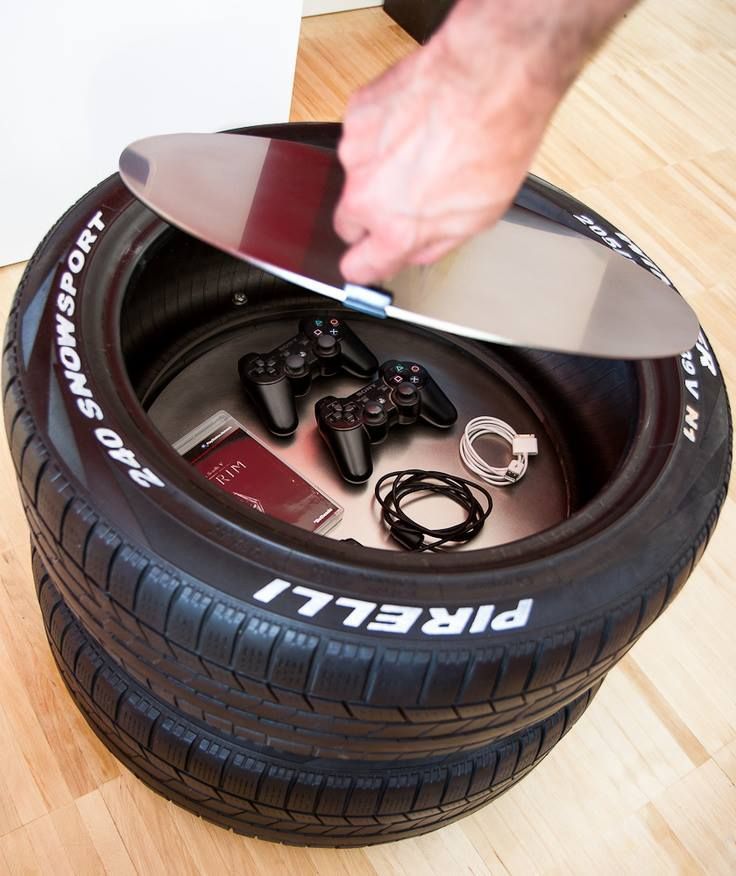 Annually, Rumpke partners with many communities and businesses in its local service areas to collect and recycle millions of used and unwanted tires.
Annually, Rumpke partners with many communities and businesses in its local service areas to collect and recycle millions of used and unwanted tires.
Federal law restricts the disposal of scrap tires in landfills, but recycling companies and product manufacturers have been creative in finding ways to recycle and repurpose old tires once they can no longer be used on vehicles.
Tire recycling starts with the removal of steel wires and the breakdown of the material rubber. The crushed rubber needs to be cleaned and sorted to screen out any unwanted materials. It is then packaged and resold to manufacturers who incorporate rubber aggregate into new products.
From tire-derived fuel to playground turf and rubber asphalt, there are countless ways that communities focused on reuse can make the most of the millions of tires discarded every year.
If you have old tires that can no longer be used on a vehicle taking up space around your home and garage, contact Rumpke to learn more about disposal services and options.
Rumpke always strives to protect the environment and human health. By adopting tire recycling at a local and regional level, we can:
Tire manufacturers around the world are engineering durable tires out of recyclable material such as plastic bottles. While the process continues to improve, it’s important to recycle as much old tire rubber as possible.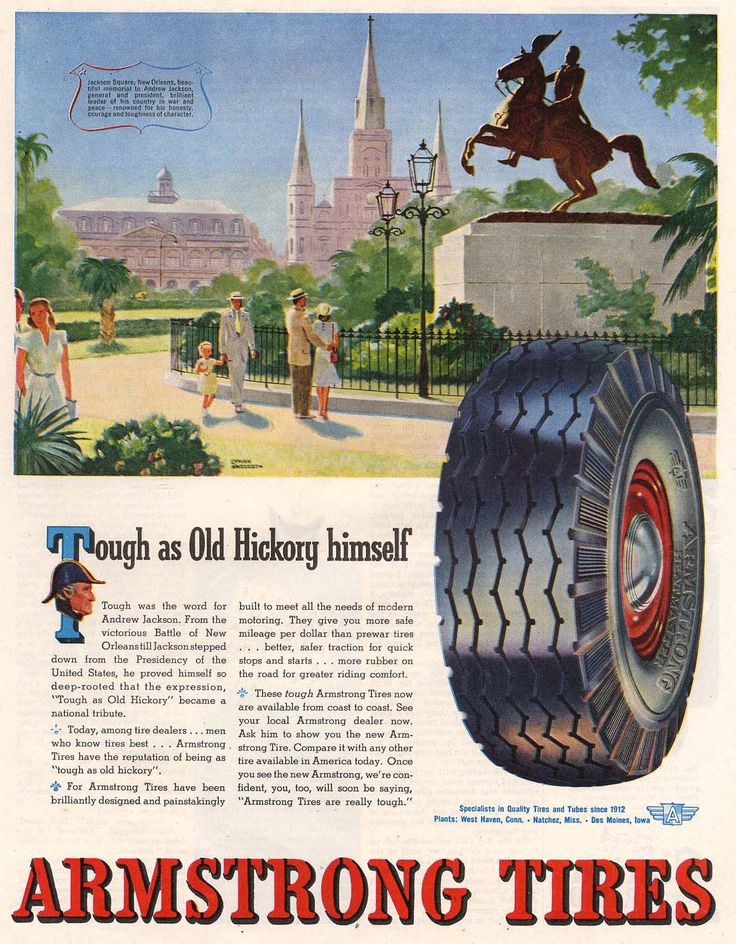
All rubber tires from vehicles can be recycled, including:
Rumpke works to make recycling easy for businesses and homeowners. The tire recycling process consists of a few steps to prepare the tires for their next phase in life.
Contact Rumpke at least 48 hours before your regularly scheduled collection to confirm details of your tire disposal. The team can help confirm if the truck will be able to accommodate the pickup (tires take up a lot of space, so it’s always best to confirm in advance). Customers may be asked to transport the tires directly to the recycling center, if necessary.
Many customers also appreciate accessibility, so we also offer Haul-it-Away services and can provide a dumpster to retrieve a large volume of old tires.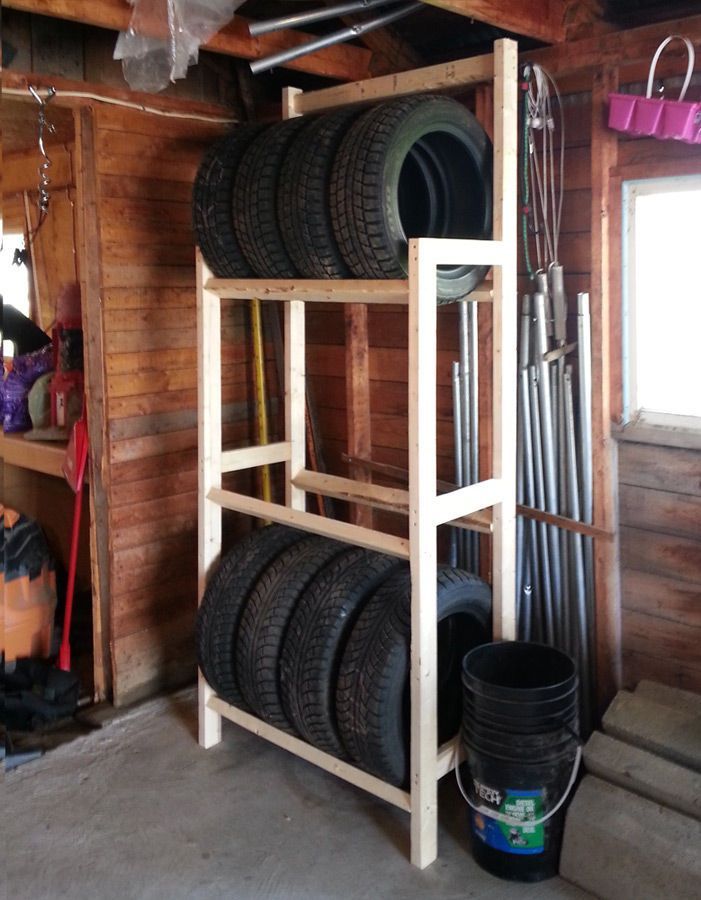
Tires are constructed with steel, nylon, and other fibers to add resilience. Sometimes, old tires also have rims attached. These materials need to be removed before a tire is shredded and repurposed, but the steel and other fibers can be recycled to produce other items, too!
The tire is then cut into small pieces and treated further to break down. Machines can be used to grind tires into pieces of any size, but some recycling facilities freeze the recycled tire pieces with liquid nitrogen which also makes it easier for them to be milled into smaller pieces.
Once the recycled rubber is broken into small pieces, all materials are sifted and screened using magnets. Air classifiers can also be used to screen and sort material by size.
Rumpke has made significant investments in recycling technology. With over 90 years of experience and state-of-the-art processes for solid waste and recycling, we know what it takes to create cleaner and greener communities.
With over 90 years of experience and state-of-the-art processes for solid waste and recycling, we know what it takes to create cleaner and greener communities.
Choosing Rumpke to provide tire recycling and disposal services means you’ll get much more than just one service. No other provider in the area offers as many value-added services as we do. We’re equipped to handle regular waste management and much more including dumpsters, yard waste, battery disposal, electronics, and more.
If you need a partner in commercial recycling services for your business, know that we offer a full range of options to meet your needs including commercial dumpsters. We also offer commercial trash pickup,
If you want to learn more about what we can do for you or if you’re ready to request service, get in touch with us today using our service request form.
On the one hand, it is not difficult to return old tires. They can simply be thrown into a landfill if the problems of environmental pollution, as well as the growth of serious diseases, do not bother. But problems can also be viewed from other perspectives. Tire tires, even used ones, are raw materials. Quite a few useful items can be made from it, especially if there is a private house or summer cottage. Finally, instead of throwing it away, you can take your old tires to a collection point for money.
They can simply be thrown into a landfill if the problems of environmental pollution, as well as the growth of serious diseases, do not bother. But problems can also be viewed from other perspectives. Tire tires, even used ones, are raw materials. Quite a few useful items can be made from it, especially if there is a private house or summer cottage. Finally, instead of throwing it away, you can take your old tires to a collection point for money.
Contents of the article
Used tires are accepted by recycling industries for grinding. From the obtained raw materials, products are made, intended for for construction and economy. In addition, new tires are made from them.
The disposal of used tires can be carried out for money, free or with an admission fee. Interested in the first option, with two other problems do not occur. It is not worth counting on large sums, price range - from 50 to 150 rubles.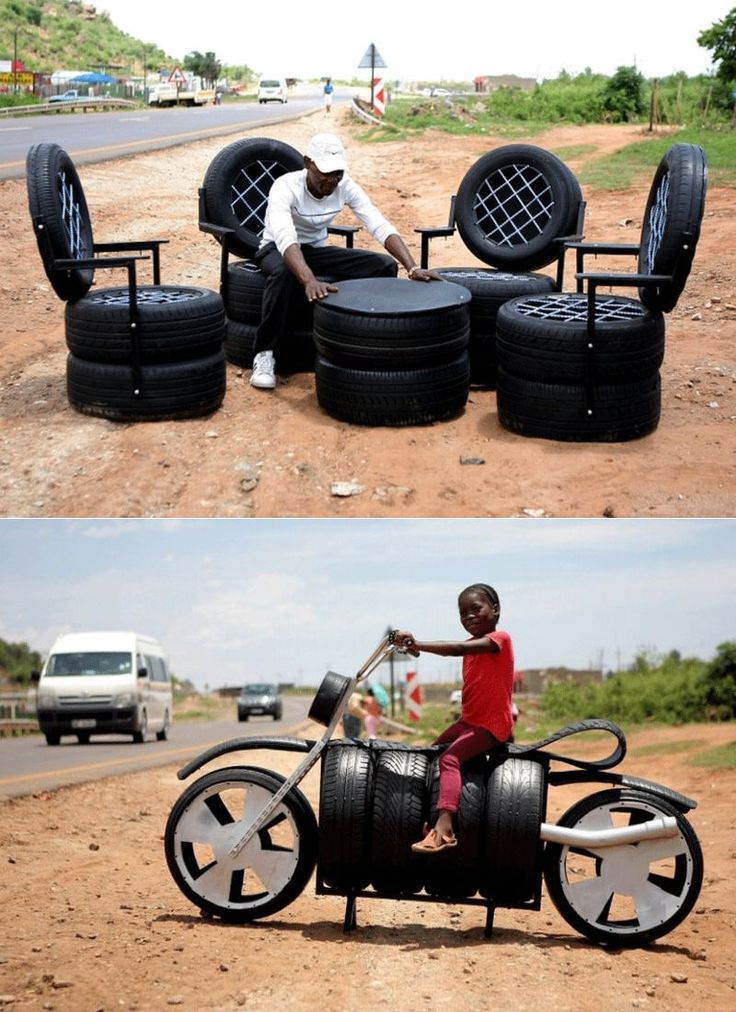 per tire, depending on its diameter (from 15 up to 22.5, respectively).
per tire, depending on its diameter (from 15 up to 22.5, respectively).
Prices vary by type of tires, as well as their quantity. For example, for 1 ton of non-studded rubber they pay 4 tr. If it is studded, the cost rises to 6 tr. Cameras are bought for 30 rubles. Accordingly, for a set of worn studded tires, along with cameras, you can get 720 rubles. The amount is small, especially if you need services for transporting tires to the place of reception.
Most profitable to change tires to get:
Preliminary it is necessary to specify in autoshops and technical services the availability of such promotions. Given that they have offers in accepting used tires come in constantly, they can suspend promotions for indefinite period. Then there is another option, where to hand over the old tires for money.
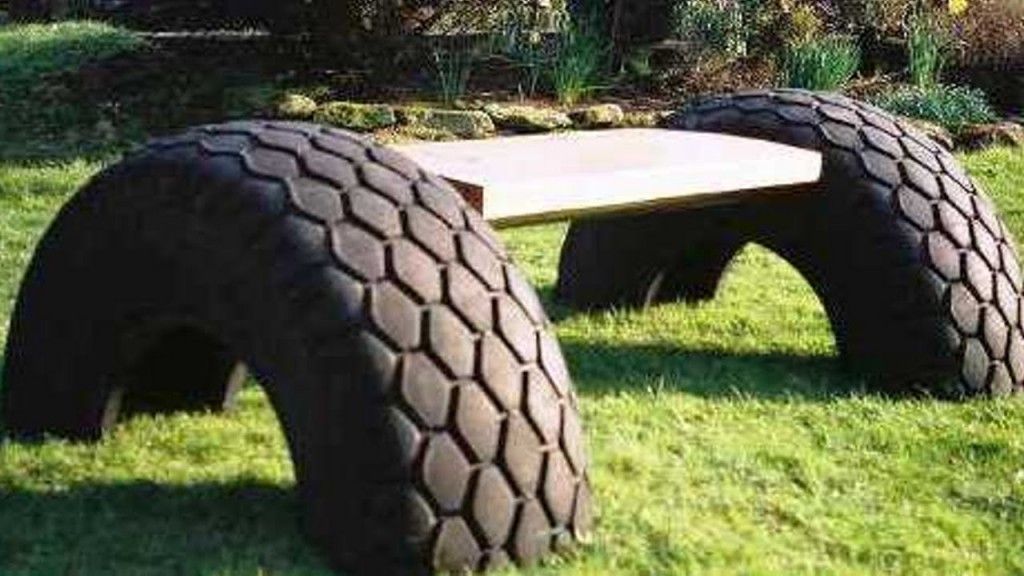
As noted earlier, tires are a good building material. His can be used for the following purposes:
Finally, vegetables are grown with their help in agriculture. It is enough to bury the tire in the ground, place seedlings in it. Thus, moisture is retained longer, yields increase. In addition, drinkers for domestic animals are made from tires.
All used as follows:
The second option will require ingenuity, organizational skills, and the ability to negotiate. But if during the search it was not possible to find enterprises where you can hand over tires for recycling for money, but on the contrary, they still require payment for services, then there is a reason to think about your own business.
For users of the Vyvoz.org website, we have compiled (and constantly updated) a list of organizations in large (and not only) Russian cities where you can return old tires for money or free of charge:
Moscow
St. Petersburg
Astrakhan
Barnaul
Vladivostok
Volgograd
Voronezh
Yekaterinburg
Izhevsk
Irkutsk
Kazan
Kaliningrad
Kemerovo
0002 Such an enterprise will require small investments - from 50 to 80 tr. Most of the money will be spent on renting premises, registering an organization, paying one or two employees, as well as advertising. A prerequisite is that the owner independently (at least for the first time) creates devices for agriculture and decor for yards. A license to collect and store recyclables is required.
Then a commercial offer is created, pages are drawn up in the most popular social networks. Targeting advertising in them is not expensive, it allows you to quickly reach the target audience. Additionally, announcements are posted in rural areas, at dacha cooperatives, commercial offers are sent to management companies.
Additionally, announcements are posted in rural areas, at dacha cooperatives, commercial offers are sent to management companies.
The production process consists of the following steps:
If the demand for rubber increases, you can offer to the population to hand over rubber for processing for money. In parallel is an agreement with a processing plant, where you can deliver in bulk unclaimed rubber. Such a business can bring from 50-70 to 300-500 tr. monthly. Depends on organizational owner's abilities.
By law, legal entities are required to report on the delivery of used tires for recycling. The lack of documentary evidence leads to a fine for violating the rules for handling recyclables.
The lack of documentary evidence leads to a fine for violating the rules for handling recyclables.
Therefore, business entities are required to apply to official processing manufacturer or its representative. At transfer of tires is issued:
In addition, the enterprise is working out an act in accordance with which tires are recognized as used. The commission decides on writing them off from the balance sheet of the enterprise and sending them for recycling.
Unlike businesses, individuals are not required to follow this procedure. But it is recommended to approach the disposal of tires in a responsible manner. Rubber decomposes for a long time, but being in the environment in the event of combustion is a source of dioxins that enter the air and then into the human body. Because of this, he can become seriously and even terminally ill.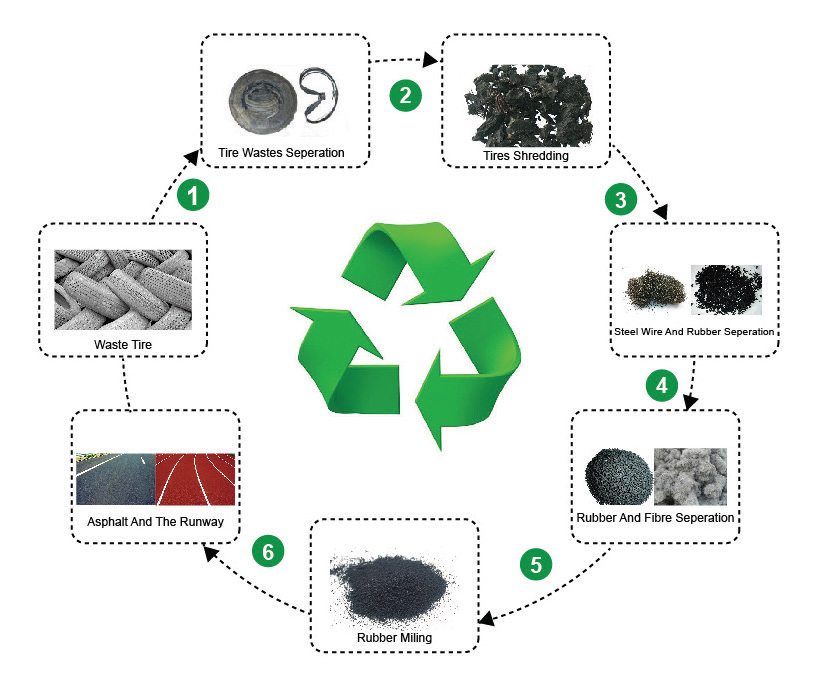
| Home Tire Recycling for MSW Operators On the issue of UTILIZATION of tires, please call The sharp increase in vehicles on the country's roads in recent years has raised the issue of recycling old tires to the rank of a national problem. Only in Moscow and the Moscow region about 5,000,000 cars are officially registered; to this figure should be added as many, if not more, units of transit vehicles. With the most optimistic forecast, the number of car tires thrown away annually in the capital and the region reaches 20-40 million pieces. The problem of the 21st century Thus, the disposal of tires (tires) from cars has become an urgent need of today. And the point is not only the inadmissibility of littering the territories (used tires can be seen today:
but also in serious danger posed by non-recycled tyres.
Recycling of automobile tires is a specialization of PPK "MBK"
Taking into account objective factors and guided by the principles of environmental safety, PPK "MBK" has chosen the area of activity to provide services for the disposal of automobile tires . |